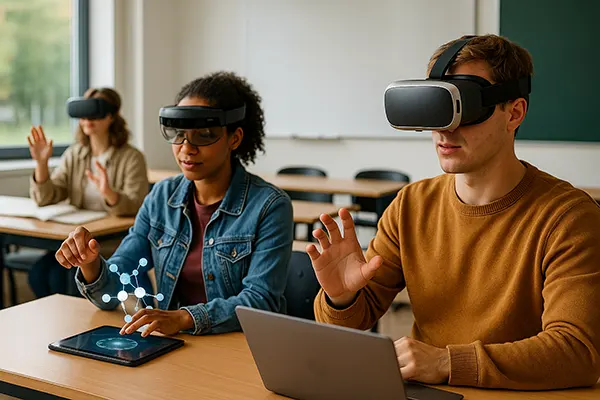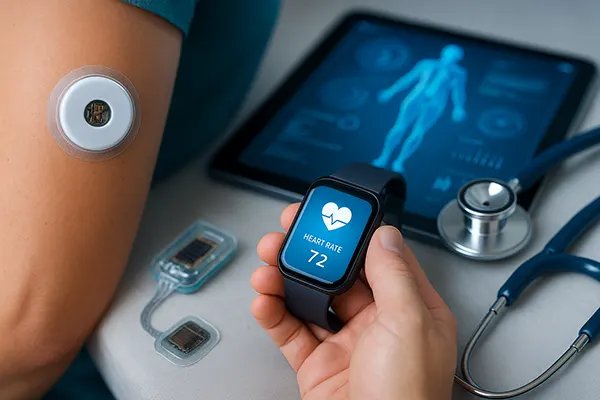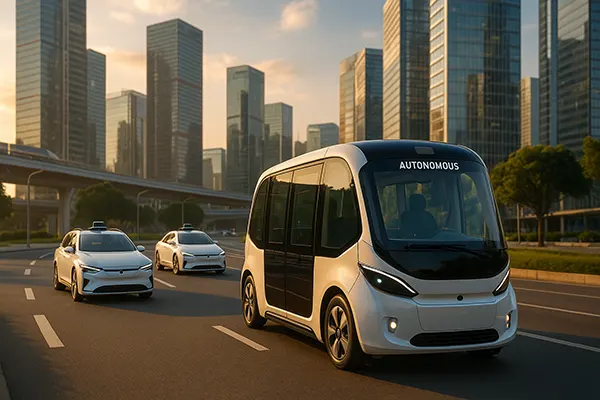
Virtual and Augmented Reality in Education: Exploring New Learning Horizons
In recent years, virtual reality (VR) and augmented reality (AR) have rapidly evolved from experimental tools into transformative educational technologies. Across Europe, schools, universities, and vocational training institutions are integrating immersive technologies to enhance the effectiveness of teaching and offer learners practical, real-world experiences. This trend, gaining momentum by February 2025, has opened new pedagogical pathways and is reshaping how knowledge is delivered and absorbed.
Immersive Learning Environments in Higher Education
Universities across Europe are increasingly using VR and AR to create interactive, realistic simulations for complex subjects. In medical education, for example, VR platforms like Oxford Medical Simulation allow students to practise clinical procedures in a safe and repeatable environment. This improves both decision-making and muscle memory without putting real patients at risk.
In engineering faculties, virtual laboratories enable students to experiment with high-cost machinery digitally, removing financial and logistical constraints. Such simulations offer consistent access to practical experience, even in remote or budget-restricted institutions. This is especially valuable in disciplines such as mechanical, aerospace, and electrical engineering.
Beyond sciences, AR tools are enriching humanities studies. At the University of Tartu in Estonia, AR-based archaeological reconstructions allow history students to explore ancient sites with layered visual information, offering an immersive context that traditional textbooks cannot provide.
Improved Learning Outcomes Through Real-Time Interaction
One of the most significant benefits of immersive technologies is the ability to receive immediate feedback in simulated environments. This responsiveness is particularly evident in language learning, where VR scenarios recreate real-world interactions, helping students build confidence and fluency.
Moreover, AR apps such as Merge Cube have proven effective in teaching complex topics like anatomy and chemistry. Learners can interact with 3D models on their devices, fostering active engagement and retention. This aligns with modern pedagogical theories that prioritise experiential over passive learning.
Assessment data from institutions using VR tools show a measurable increase in knowledge retention and student motivation. These tools help bridge the gap between theory and practice, ensuring that learners are not only informed but also prepared to apply their knowledge practically.
Vocational Training and Industry-Focused Applications
In the field of vocational education, VR and AR are revolutionising how practical skills are taught. For instance, in Germany, Deutsche Bahn employs VR training modules for technical railway staff, allowing them to simulate equipment maintenance and troubleshooting without interrupting daily operations.
Similarly, the automotive industry has adopted AR-based instruction manuals and training software to upskill mechanics. Peugeot, for example, uses AR headsets that overlay repair instructions directly onto the vehicle, reducing errors and training time.
Hospitality and tourism schools in Spain are adopting VR environments to train students in customer service scenarios, event planning, and hotel management. These simulations enable trainees to handle real-world tasks and interactions in a stress-free, repeatable environment.
Accessibility and Inclusion in Skills Development
VR and AR technologies are particularly valuable in making vocational training more inclusive. For learners with physical disabilities or limited access to equipment, these tools provide a pathway to participate in high-skill fields without the typical barriers.
Additionally, these technologies offer language and visual aids, supporting diverse learners, including migrants and those with neurodivergent needs. Multilingual instructions and gesture-based learning have become vital components in EU-funded projects targeting inclusive education.
Through these initiatives, vocational institutions are not only improving skill acquisition but also ensuring equitable access to education, which remains a central goal across European education policy frameworks.

Successful Educational Projects Across Europe
Several flagship projects highlight the success and scalability of VR and AR in education. One of the leading programmes, “Immersive Learning Europe,” funded by the EU’s Horizon programme, has facilitated partnerships between tech developers and educational institutions across 12 countries.
Another noteworthy example is the Swedish “Virtual Campus Project,” where secondary schools and colleges implement virtual classrooms for students in remote areas. This has helped close regional education gaps and allowed for collaborative, cross-border learning experiences.
In France, the “Réalité Mixte pour l’Enseignement” project has equipped vocational high schools with AR systems to teach mechanical engineering. The programme reports improved test scores and higher student satisfaction compared to traditional instruction.
Institutional Integration and Long-Term Sustainability
The long-term adoption of immersive technologies requires institutional support, digital infrastructure, and ongoing educator training. Many universities are now offering staff development programmes focused on VR/AR tools to ensure effective implementation.
Investment in infrastructure has become a priority. Governments and private partners are funding 5G upgrades and compatible hardware to support the high bandwidth required by immersive applications. This has already yielded visible improvements in access and performance by early 2025.
Sustainability also hinges on integrating these technologies into standard curricula, not just as add-ons. As VR and AR become embedded into lesson plans and assessments, they are no longer viewed as futuristic extras but as integral parts of modern education strategy.




